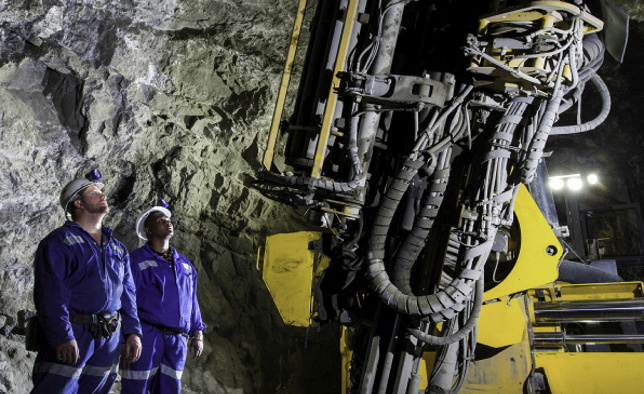
A recent global meeting of the Kimberley Process (KP) ended in controversy as Chinese delegates allegedly clashed with a representative of nonprofit organizations on the issue of conflict diamonds.
Attendees from China interrupted a closing statement by Shamiso Mtisi, the coordinator of the Civil Society Coalition, after he criticized the country’s approach to the matter, Mtisi claimed this week. Part of the Chinese delegation left the Zoom meeting in protest, according to another participant.
Speaking at last month’s intersessional, Mtisi singled out China, India and Angola for failing to make progress on the KP’s definition of conflict stones, a central point of debate within the KP.
Proposals to update the definition have been under discussion for many years. The current language limits the term to rough goods used by a rebel group to finance conflict but excludes violence by ruling authorities.
The topic was on the agenda at the intersessional meeting from June 21 to 25, which took place online for the first time because of the Covid-19 pandemic.
However, China, India, Angola and other countries argued that the KP was not a forum for discussing human rights because the organization was for “trade issues,” Mtisi reported. Some governments also pointed out that the KP lacked a mandate to make the change, he said. Under KP rules, a revamp of the wording can only happen when all participating governments give their approval.
Potential motives
The reasons for the trio’s reluctance are murky, leading to speculation about possible factors.
China has invested in diamond mining in Zimbabwe, a producing nation with a contentious history of violence at its deposits, Mtisi explained to Rapaport News. He also alleged that India — the world’s largest rough importer — benefited from cheap diamonds originating in countries affected by human-rights violations. It is not clear why Angola, a mining nation, would oppose an updated definition, given its history of conflict, he said.
The question over the definition of conflict diamonds “is a sensitive issue that needs consensus at the level of all participants and observers,” a spokesperson for Angola’s Ministry of Mineral Resources, Petroleum and Gas said last week. “It is the role of [KP] participants and observers to discuss and reach consensus [on] when the definition of conflict diamonds should be changed.”
Mtisi also alleged that authorities in Angola’s Lunda Norte diamond-mining province were “violently” suppressing community protests against the “destruction of villages and livelihoods.” The Angolan government denied this.
The governments of China and India did not respond to requests for comment by press time. The Gem & Jewellery Export Promotion Council (GJEPC), India’s main trade body for the sector, said it had never opposed rewriting the key definition if it helped create a more sustainable industry free of human-rights violations.
Zoom protest
At one point of his virtual speech, Mtisi — deputy director of the Zimbabwe Environmental Law Association, which leads the Civil Society Coalition — named the three countries that, he claimed, had been dragging their feet for years.
“[The China delegates] unmuted their mic and they started shouting,” he alleged in an interview with Rapaport News. “I didn’t hear exactly what they were protesting about, but they were protesting about my speech and the mention of China as having blocked any discussions on [conflict-diamond] definitions.”
Russia, as chair, offered the protesting governments the opportunity to respond at the end of the speech, said Edward Asscher, president of the World Diamond Council (WDC), which represents the trade at the KP. The US, Canada, the European Union and the WDC all stated their views.
“We pointed out the importance of freedom of speech, and [the] KP meetings should not be an exception,” Asscher stated.
While there was progress at the intersessional, there was still no widespread agreement, Asscher said. He acknowledged that some governments wanted to delay the discussions to a later time.
“Even though consensus was not reached, the discussions allowed participants — governments, civil society and industry — to express their positions,” the president continued. “It is only through discussion and hearing everyone’s concerns that we will make progress towards a wider definition.”
This is not the first incident of this type. At the welcome ceremony of the 2017 intersessional meeting, Chinese delegates reportedly shouted in protest against the involvement of Taiwan, which it did not consider to be a state eligible to take part in such events.
“All delegations at the KP meetings have both a right to be heard and a right to respond to any representations made, which is absolutely fundamental,” a spokesperson for Russia’s KP operation said this week. “Yes, sometimes listening to each other and trying to reach consensus is not an easy task and requires commitment and engagement from all parties around the very large and diverse KP table, and yes, sometimes people do get emotional. But we are confident that this cannot serve as an excuse for disarray.”
Source: DCLA






